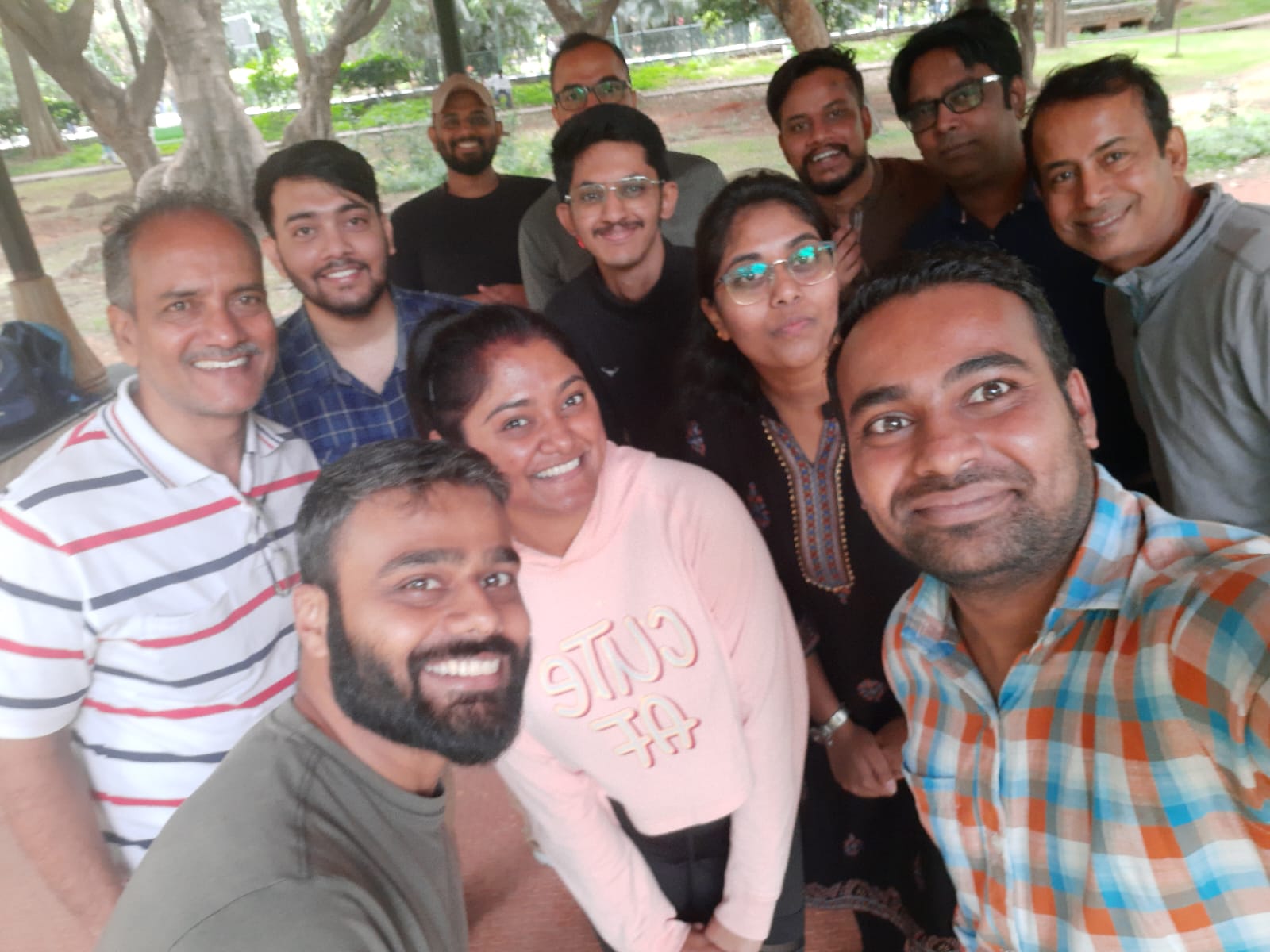Here is an excerpt, adapted from “Stuttering and Cluttering”, a book by David Ward. It discusses advantages of group therapy, which can be both facilitated by an SLP or equally well by an older PWS.
“..Commonplace in adult therapy approaches, group therapy is also used by some clinicians
with adolescents and older primary school children. With adult group therapy, groups which follow more of a fluency shaping approach tend to follow an intensive format running for seven or more hours per day, five days per week for two or three weeks, while those which take a stuttering modification perspective may use an extended time frame, with groups meeting for two hours or so once a week for up to a year.
Whether group therapy is long term or intensive it holds a number of advantages.
First, each individual within the group is now no longer the only person with a “speech problem”, and feelings of isolation are reduced. Group members can gain increasing confidence from being around others in the safe environment of the clinic (or SHG) where their speech may be no more or less remarkable than that of their peers. Particularly, there is the benefit of being able to explore both stuttering behaviours and reactions to stuttering amongst those who have experienced similar problems.
To illustrate this point I recall a group of teenagers recently seen at the Apple House who were exploring their feelings and attitudes toward stuttering as a part of an identification phase of the course. As a result of this discussion, the subject of avoidance when speaking on the telephone came up. One group member who had been a little more reserved than others hesitatingly volunteered the fact that he would sometimes give himself another name rather than stutter on his real name when speaking on the telephone; a strategy he felt very unhappy about using. This was the first time he had disclosed this information to anyone, but on hearing this, to his great surprise, two rather more confident group members immediately spoke up, saying that they used the exact same strategy.
All three had previously assumed that they were the only people who avoided in this way. The relief on their faces to learn otherwise was plain to see. So for the child, having one’s peers help in the process of identifying both positive and negative aspects of speech can seem more relevant than having these things pointed out by a clinician. Intensive group therapy also can be highly motivating since rapid changes in fluency can be made within a short period of time…”



